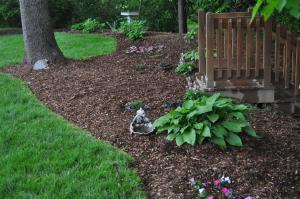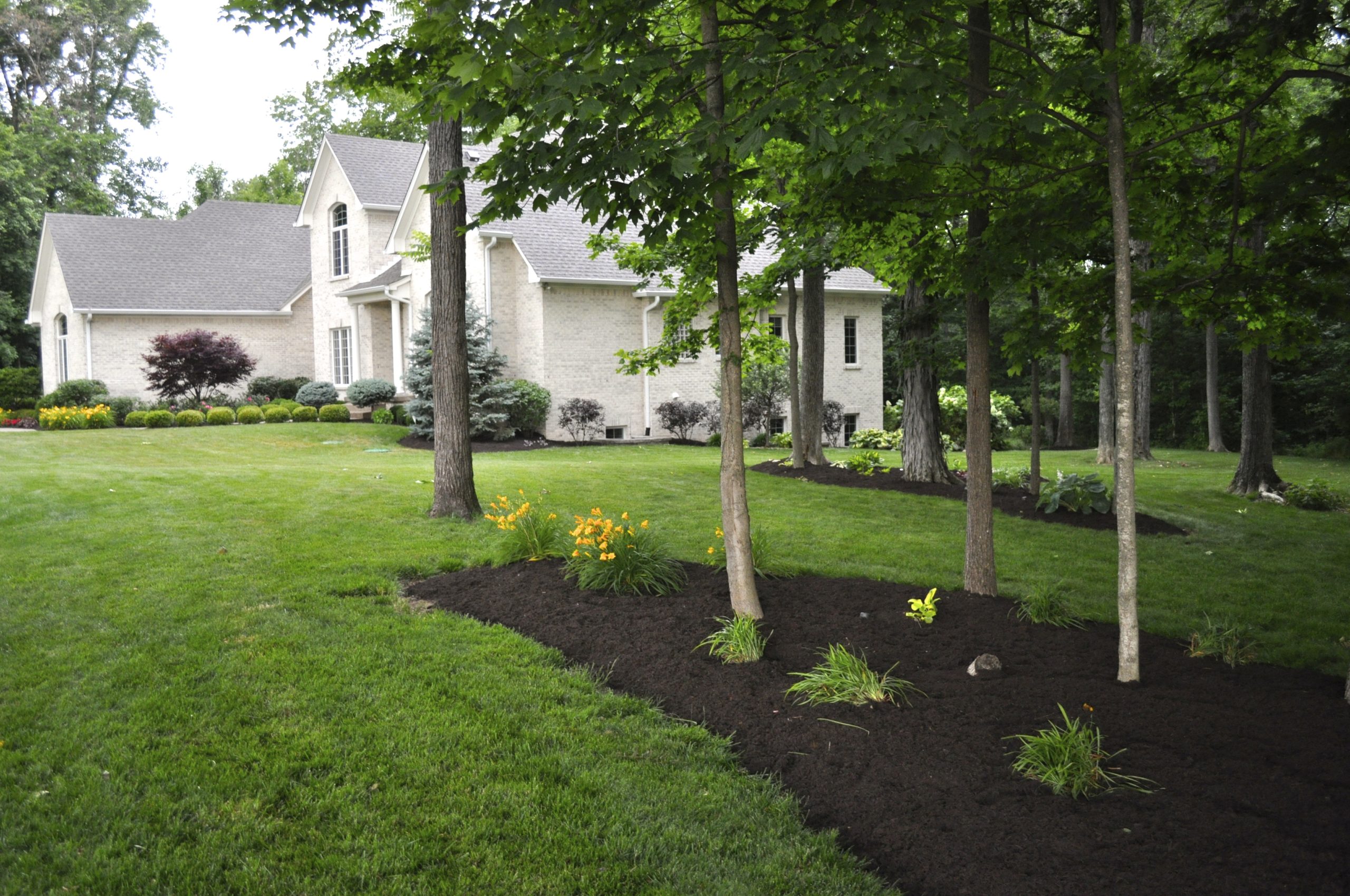Beautify Your Yard With These Shade-Loving Plants

There’s nothing like a backyard filled with trees to give you much-needed relief during the blazing months of summer. But all that shade can present a challenge for gardeners since many plants prefer the full sun.
If you’re lucky enough to have a yard that’s shrouded by trees, don’t despair. You may never have a thriving vegetable garden, but you can still enjoy the company of numerous plants that do well in the shade.
Take a look at these shade-loving plant options.
Perennial bulbs. When planted in a sunny spot, tulips pop up year after year. But there’s no reason you can’t plant tulips in your shady yard. Keep in mind they’ll only bloom once in the shade because they need summer sun to recharge. Plant your tulip bulbs in the fall and dig them up after the flowers die.
Early-blooming bulbs like crocus will get plenty of suns before trees sprout leaves. These small, colorful flowers are well suited to lightly shaded areas and will multiply every year. Plant them in the fall, when temperatures are consistently below 60 degrees but above freezing.
Hardy flowers. Many shade-tolerant perennial flowers have a wispy, delicate appearance, but they’re actually quite hardy. Columbine is one of the most robust, low-maintenance plants for shaded yards. It has long, thin stalks with trumpet-like flowers. Some varieties have double flowers in two colors – and when they’re done flowering, they produce numerous seedpods. You can snap off the seedpods, roll them between your fingers and let the seeds fall to the ground, and you’ll have more plants the following year. You may get a nice surprise, too, because sometimes plants with different colored flowers will produce a hybrid multi-colored plant.
Ferns and hostas. If you’re not too concerned with adding lots of color in shady areas, you can’t go wrong with ferns and hostas, both of which are perennials. Ostrich ferns may be slow-growing at first as they establish a root system, but at maturity, they can reach a height of 40 inches. They may also be up to 30 inches wide, so plant them far apart.
Hostas have broad green leaves that may feature contrasting yellow or white markings, and some varieties produce stalks with white or lilac flowers. These plants are known for their ability to grow almost anywhere and withstand neglect. Slugs love hostas, so if you see holes in the leaves, bury a shallow pan of soapy water or beer near the plants at ground level, and the slugs will crawl in die.
Plants growing in shady areas may be competing with trees for water, or they may get too much water because shaded areas are the last to dry after a rainstorm. So after you plant your shade garden, add a thick layer of mulch to help balance moisture – and then sit back and enjoy the view.




